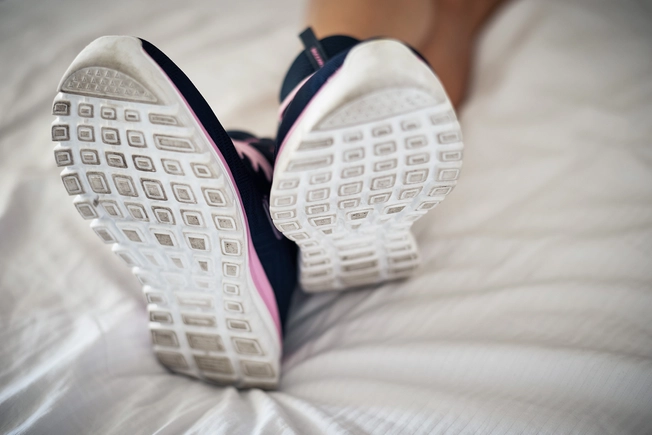What’s Lurking in Your Mattress?
- Regina Boyle Wheeler
- Jun 27, 2024
- 3 min read
Your Dirty Mattress
Would you drive your car 30,000 miles without an oil change? When it comes to your mattress, you’ve probably logged 30,000 hours of sleep on it after 10 years. That’s a decade’s worth of sweat, saliva, and dead skin on top of your box springs. All that gross stuff may draw unwanted guests -- and health problems -- to your bedroom.
Dust Mites
You shed a half a billion skin cells every day. Over time, many settle into the cracks and crevices of your mattress. Dead skin is a feast for hungry dust mites. These tiny bugs and their droppings can set off allergies or asthma. How many mites? An Ohio State University study estimates that 100,000 to 10 million of them may be hanging out in your mattress.
Bedbugs
These blood suckers start feeding when you hit the sack. They hide in your mattress seams, sheets, and bedroom furniture. You may wake up with red, itchy bite marks and spots of blood on your bedding. Bedbugs can hitch a ride to your home on your luggage from a place that’s infested, like a hotel room or dormitory.
How to Get Rid of Bedbugs
It can be hard to to do, but not impossible. If you can afford it, call a pest control company that specializes in bedbugs. Removing them for good usually takes pesticides along with thoroughly vacuuming the mattress on both sides and washing and drying bedding at a high temperature. If you tackle the bugs on your own, use products approved by the Environmental Protection Agency specifically for bedbug control.
Harsh Chemicals
You may be breathing in toxic fumes while your slumber. A recent study found that body heat may help release volatile organic compounds (VOCs) from your mattress. These come mainly from petroleum-based polyurethane and chemicals like formaldehyde and flame retardants in the mattress. The levels weren’t troubling for adults, but a bigger worry for kids. Researchers found no bad health effects, but more study is needed to be sure.
Fungus and Bacteria
The average adult sweats 26 gallons a year in bed. That makes your mattress a warm, moist home for fungus and bacteria. Recent lab tests from swabs taken from 7-year-old mattresses found more than 16 million colony-forming units of bacteria per square inch. That’s more than five times the amount in a mattress bought a year ago. Yeast, mold, and bacteria including E. coli andStaphylococcus aureus all can be bunking in your mattress.
Pet Dander
Do you share you bed with your pets? More than half of dog and cat owners do. That means waking up with animal hairs and specks of skin (dander). Dust mites munch on them. Fleas or ticks also can jump from fur and make their way to your mattress. Bathe and brush your pets regularly, and keep on schedule with their medications and shots. Wipe off their paws before they climb onto your bed.
Shoes
A recent survey found that 1 in 3 Americans trek their shoes into the bedroom. That could coat your bed and mattress with potentially dangerous germs. The soles of your footwear can host more than 400,000 colonies of bacteria after just 2 weeks of wear. Tests on samples found common bacteria that live in poop, most likely picked up from public bathrooms or by stepping in animal droppings.
Deep Cleaning
Twice a year, haul your mattress off the frame for a thorough cleansing. First, vacuum seams, nooks, and crannies with your upholstery or crevice tool to suck up skin, dust, and dirt. Next, check for stains and spots, and treat them. An enzyme-based pet odor remover may clean up many bodily fluids. Or try 1 teaspoon of mild dish soap mixed into a cup of warm water on stains. Don’t oversoak. Too much moisture can encourage mold.
Banish Odor
Spills or accidents from people or pets can turn your mattress into a stinky sponge. Sprinkle a box of baking soda all over it. If you can spare the bed, let the powder absorb odors for 24 hours before you vacuum. Put the mattress near a window so that sunlight can help disinfect it.
Cover the cleaned mattress with a waterproof and washable mattress protector. This can help protect against stains, dirt, mites, and even bedbugs.
Swap It Out
Know when it’s time to say goodnight to your mattress and get a new one. Mattresses usually can last 8-10 years. Coils that pop through or saggy edges are clues your mattress has seen better days. You may wake up with aches and pains or just feel less comfortable in bed. Picking a good-quality mattress can be expensive and complicated. Research mattress types and materials online so you know what may best suit your sleep style.












.jpg)
